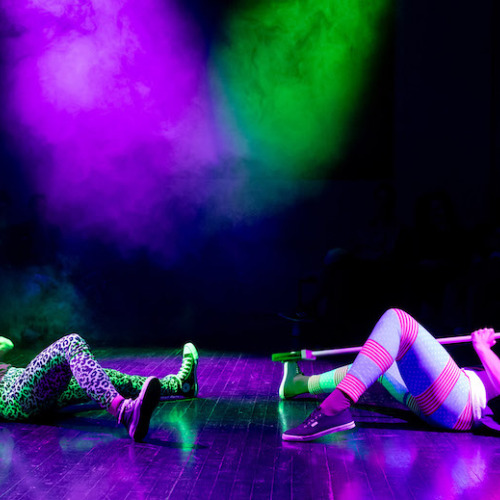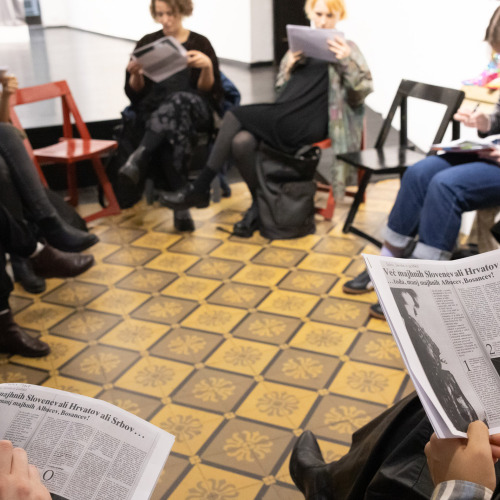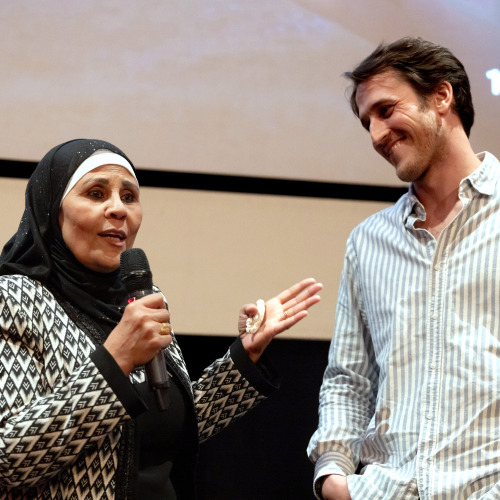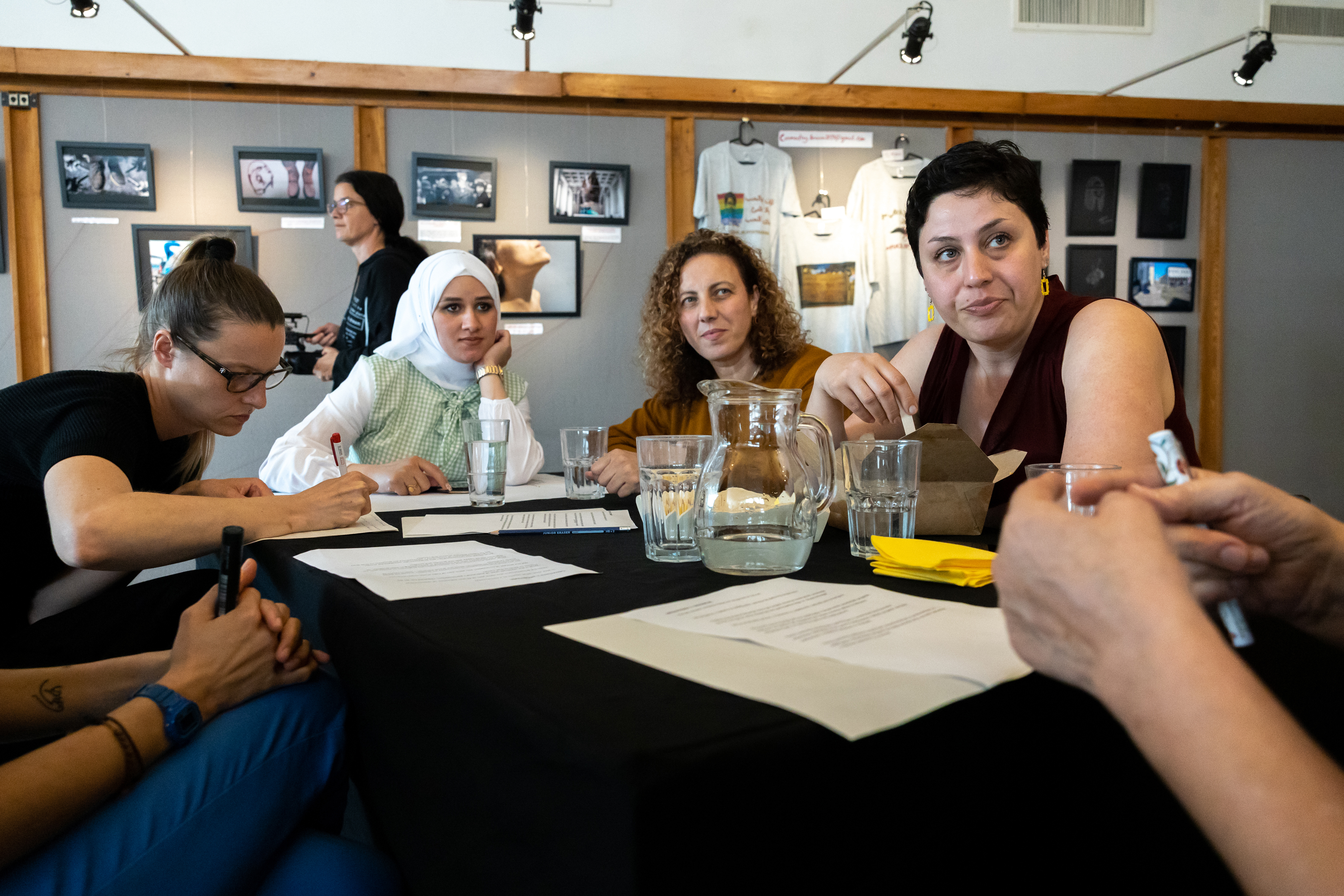
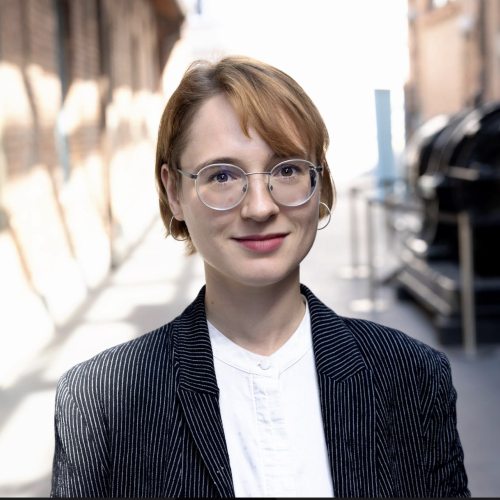
Community-Based (Participatory) Artistic Practices at the City of Women
Participatory artistic practices, the aspiration to transcend a one-sided relationship between artist and spectator, and the desire to intertwine art into people’s everyday lives all have a particular history. The origins of such ideas can be found in the historical avant-garde movements preceding World War II (such as Futurism and Dadaism). They became more prevalent in the slightly different context of the 1960s with the rise of performance arts. But in performance arts, socially engaged practices, and historical avant-gardes, the audience was still mediated, guided, and set conditions by the performers, meaning that their participation was limited and that only one aspect of what later became known as participatory art was represented. In the 1990s, due to the rapid rise of capitalism that increasingly forced social transfers into the context of market economy, art became interested in merging with social reality in order to creatively solve social issues within different urban neighbourhoods, marginalised parts of the city, and even institutions. The connections between everyday life and art became more and more frequent, which is visible in examples of art that took up social roles and was recognised by several policies as having the role of a state’s social transfer.
By the end of the 1990s, the expression ‘project’ increasingly substituted the term ‘work of art’, while artists saw their role as more connected to their surroundings, mainly serving either society or local communities. Art began using non-professional participants, projects no longer focused on the individual but rather on communities – and the socio-economic conditions within them, along with race, class, age, and/or gender. Later, pedagogical art projects came to the foreground as more and more artists became pedagogues, which Jacques Rancière and Paulo Freire discuss on a philosophical and theoretical level. It turned out that art offers a different, more interesting way of dealing with uninteresting topics that make up the school system, as it devotes more time to the discriminated sections of the population, all while also encouraging critical thinking and greater gender equality between students. These layers of art intertwining with society and even holding some power of changing it were all taken into consideration for the City of Women, where we have been encouraging community artistic practices for many years.
The development of participatory art in the last 50 years includes some important characteristics, for example: taking away the secondary audience, making every person a potential artist, putting the emphasis on the process instead of the final product, rethinking aesthetics (which possibly covers up inequalities and problematic power dynamics), making authorship collective, and so on. It is no longer good enough for art to expose the state of society – it wants to change it. The Community Building Lab, which was organised at the May Cycle of the City of Women as part of the Performing Gender project, wanted to address the historical context of participatory (or collective) art. The City of Women supports the production and actively take part in precisely community-based and participatory forms of artistic creation, after all. The problems we encounter along the way are: firstly, participatory art assumes the burden of a social transfer instead of it being the responsibility of institutions and the state, secondly, artists provide a useful model of precarious work, and finally, art projects of this kind are often not sustainable, meaning that after the funding runs out, people stop getting involved. Additionally, power dynamics between the cocreators and project initiators can also become a problem, especially because projects are often initiated from the top down, meaning that they reflect the assumptions of the non-governmental sector rather than grow directly from the socially marginalised tissue of society. The international exchange of experiences about community-based artistic practices workshop (Community Building Lab) was meant to address all of the issues listed above and discover those we previously might have missed. It turned out that exchanging ideas was also an excellent bonding opportunity for different theatre and performance groups that work under the auspices of the City of Women.
On Saturday, 24 May, we set up three tables – each for one discussion topic we wanted to initiate with the guest artist and co-creators – at the hall Internacionala of the cultural centre Španski borci. The participants were: selma banich, Aber Al Gendy, and Slavica Đuričić, from the Politics of Touch project (Politika dotika, BePart); Samar Zughool, Behnaz Aliesfahanipour, Sammar Al Kerawe, and Safa Saad, from the project Decoding Resilience (Dekodiranje odpornosti, BePart); Sara Šabec, an artist working on the project Everything is Alright (Vse je v redu, BePart); Vesna Škreblin, Majda Lekše, and Romana Humar, from the project Nobody Whistles Anymore (Nihče več ne žvižga, Performing Gender); and Samar Zughool and Sammar Al Kerawe as part of the Women on Women project (Ženske o ženskah). Leaning on their experiences, they discussed definitions of community, pay gaps, their expectations and disappointments, power dynamics within individual projects, the roles of both process and product, the responsibility of the organisation or organiser, and dealing with conflicts within groups.
During these workshops, the participants highlighted the exchange of experiences as a positive feature of such practices, which was even more notable due to the various cultural contexts and intergenerational diversity. They agreed that trusting their mentors, or rather the artists who were leading them through the creative process, was key. Everyone felt that the creative process was horizontal and that they had space to express opinions or make suggestions. The participants also appreciated the opportunity to make new friends, experience mutual aid, and combine their artistic work with their private lives. As the work forced many to ask questions they otherwise would have avoided, the participants saw more value in the effects that the artistic process had on their lives than the eventual presentation to a secondary audience. Otherwise, all groups experienced minor disagreements, with some individuals leaving due to their lack of interest or poor communication skills, as was pointed out by the other group members. There was least conflict between the authors of the Decoding Resilience project since the four artists see each other as equals. Having already known each other, they use such artistic projects as a way to strengthen both their professional and their friendship bonds.
Thanks to this exchange of opinions, the City of Women was able to form a broader and more accurate picture of the wishes and opinions of the participants. As there is usually not much contact between the different groups, being part of these workshops inspired the participants to form connections with other groups. In the future, the City of Women will seek to create more similar events to not only encourage the continued interaction of already existing groups but also to enable interaction between different groups, which has turned out to be extremely valuable. Building awareness of the issues listed about and communicating with all collaborators have both helped the team of the City of Women to better understand our position within participatory art practices and to reflect on our past activity, which will certainly help with our future work.
The second part of the social event was a round table with Alma R. Selimović (Bunker, Ljubljana), Hannah Robertshaw, Kirsty Redhead (Yorkshire Dance, Leeds) and Sophie Hope (Birkbeck, University of London). The discussion, moderated by Tea Hvala, is available for viewing in the following video.
Translated by: Lenča Ambrožič.

